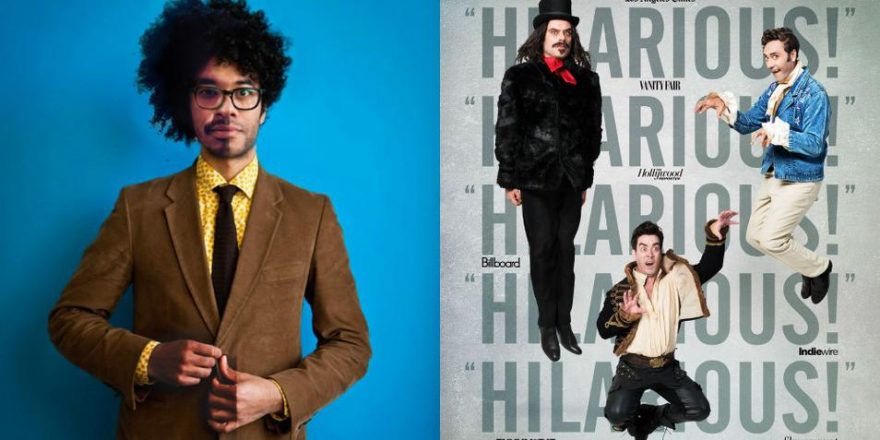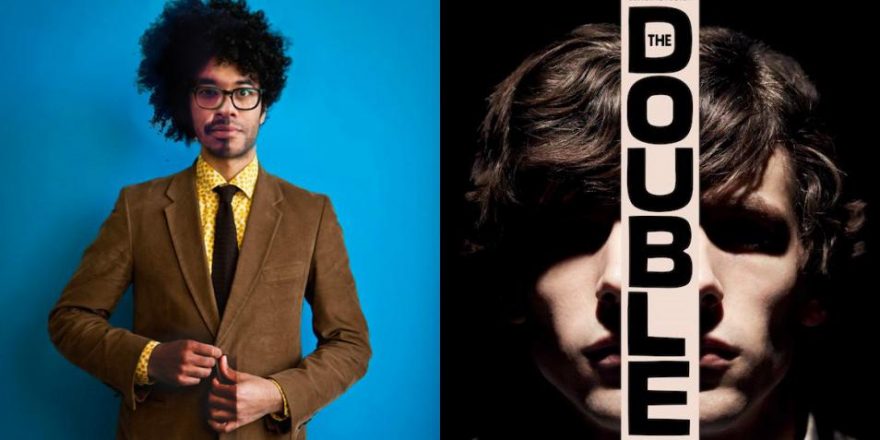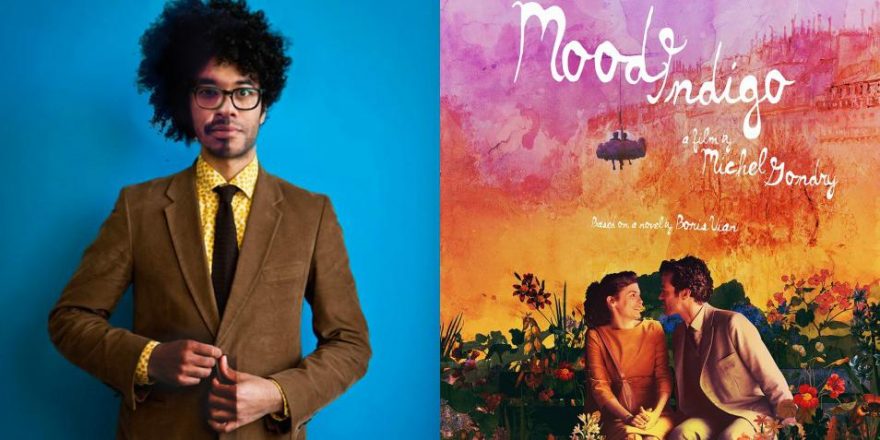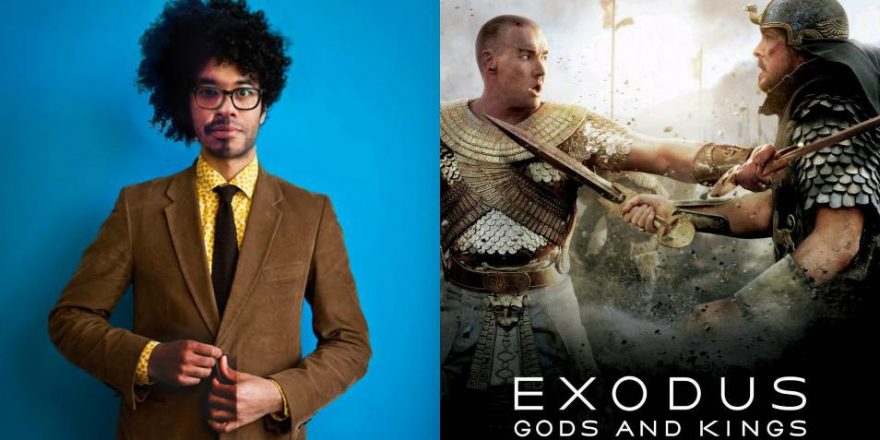Taika Waititi is my hero.
Mostly because of his second feature film, Boy, which is undeniably a masterpiece. Don’t try to fight me on this — Boy is a masterpiece because it mixes the hilarious, the sublime, the aesthetically idiosyncratic and the tragic in a way that I’ve never seen in a film. Seriously, you have got to see Boy. The kids who play the lead roles gave Quvenzhané a run for her money in the race for most transgressive performance by a child actor of all time — although I should note it’s not a competition. (Tangential thought: that show on the Food Network where the little kids compete in cooking contests is evil; you can’t set your kids up to fail on national TV.) Also Taika Waititi is a fantastic actor. In Boy, he somehow got at some hilarious amalgam of Jim Carrey circa The Mask, The Fonz, Ricky Gervais’ best moments as David Brent, and Tati as Monsieur Hulot.
So, do your homework, watch Boy first, then watch this movie.
Did you watch it?
It’s on Netflix.
OK, you watched it?
So now you are jazzed to see this movie, aren’t you? Good, I’m glad we are now in the same frame of mind.
So, I basically wanted to see What We Do in the Shadows because I’m all about whatever Taika Waititi is going to do next. Which, four minutes in, I realized was apparently a sort of experiment to find out what would happen if you let Christopher Guest direct season one of True Blood — before that shit got all high stakes and Breaking Bad-ish.
WWDITS is laugh-out-loud funny, and kind of by-the-book. It’s funny in the way that all network sitcoms should be, but most aren’t. I found myself thinking, “I hope they turn this into a TV show,” perhaps because it’s so aesthetically derivative (not a bad thing) of The Office, Parks and Rec and what now amounts to any good NBC comedy. That said, it definitely works well as a feature film. Each laugh builds on the next and there are several moments during which the vampire genre is subverted to great effect: Viago (Waititi) accidentally hitting a main artery while feeding; a bat-fight that arises when two vampires go to a party wearing the same outfit; the group of bro-ish vampires having trouble getting into the clubs on the strip because they must explicitly be invited in by the bouncers, who have no clue what they are trying to get them to do.
The movie, though, somewhat has the feel of a directing exercise. I got the impression that it was made as if it were an item on Taika and his frequent collaborator Jemaine Clement’s bucket list. In my imagination, this is an idea they had when they were 22, blazed, watching Spinal Tap. The DVD skipped, they put in Bram Stoker’s Dracula or Interview with the Vampire, and Taika (or was it Jemaine?) had a lightbulb moment. One pitched the idea to the other: “OK, OK, Jemaine listen. What if we… listen… you’re gonna love this.” (Jemaine gets it too.) “Taika, are you thinking the same thing that I’m thinking…?” Jemaine picks up the DVD covers, puts them together, and jumps up and down on the couch.
Then Twilight happened, and seasons five through seven of True Blood happened, and then Twilight kept happening and a bad taste permeated everyone’s mouth regarding the bourgeois undead. (The working class undead, the wanderers who at the end of the day just wanna eat, have delighted us consistently, as in The Walking Dead.) Anyway, everyone grew weary of the genre and the idea cooled.
But I guess the fog in front of Count Dracula’s castle cleared and the time and space came for this idea to grow bat wings and take off into the moonlight, so here it is.
I guess what I’m trying to reluctantly express is that while exceedingly enjoyable as a movie-watching experience, the film was too safe for me as a concept. There is almost nothing they could have done within this conceptual framework that I could not have predicted. Fortunately, though, What We Do in the Shadows only devolves into tropes that are un-funny once(-ish) — some joke in which a mortal explains his day-to-day as a software developer, which results in the undead fetishizing him as a “virgin.”
Really, though, there is no way that this movie could not have been amazing, as it was foolproof in a way that — if I’m allowed to project — should have felt staid enough that these geniuses could have moved on to a project that involved the possibility of them failing. The doc-style, one-joke-a-line, dry situational comedy is Taika and Jemaine’s safe zone, and here it’s applied to a well-established genre.
Now, don’t get me wrong, there are odd moments that pull it into unexpected territory. One scene in which the hive of vampires chases their new kill throughout the house moves the film into a more cinematic space. We become impressed by how seamlessly the VFX is integrated into a one-take chase sequence in which a comedic actor must tumble down a few flights of stairs, outmaneuver vampires who spring from his backpack while he is wearing it, and continue to evade them as they pursue him by flying through the air, dodging antique candelabras in the process.
To me, that sequence is what makes Taika Waititi the world’s most exciting filmmaker. His comedy chops are official and he can squeeze a laugh out of any quip, but his attention to detail in the image making, the camera movement, the sound design, is closer to the skill set of Jonathan Glazer or Wes Anderson.
No matter how much I enjoyed What We Do in the Shadows, though, I must selfishly lament that I am looking forward to the film that takes Taika and Jemaine much farther out of their comfort zone — to a place where their mistakes will result in a movie that is conceptually dangerous and imperfect, yet previously unimaginable.






